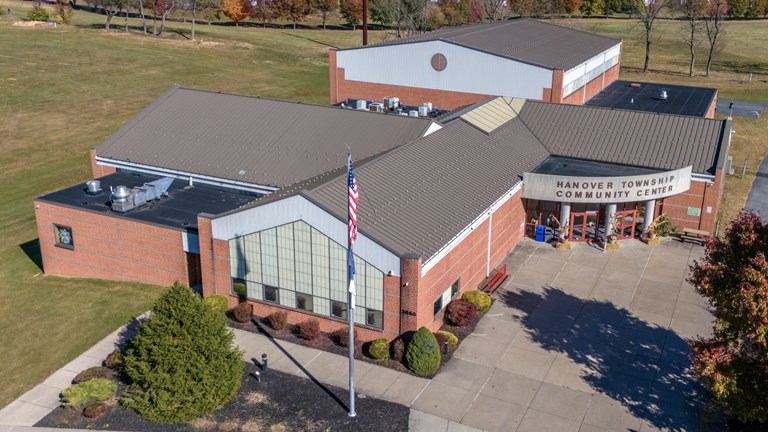
Welcome to Hanover Township
A vibrant community with a wonderful quality of life
Hanover Township today is a residential community with excellent recreation facilities, highlighted by the Hanover Township Community Center which opened in November of 1996. The township is located northwest of the City of Bethlehem allowing easy access to urban facilities.

Upcoming Meetings
| Meeting | Date |
|---|---|
| Board of Supervisors | December 16, 20257:00 PM |
| Zoning Hearing Board Cancelled | December 18, 20257:00 PM |

Hanover Township Community Center
Dedicated to providing our community with quality recreation and educational programs
Our mission is to offer families and individuals the opportunity to participate in innovative and comprehensive programs designed to enrich social and physical growth while enhancing the community well-being.


